The continued interest in natural bioactives in health and skin care has raised the profile of the powerful antioxidant polyphenol hydroxytyrosol, which is gaining attention in the fields of dermatology and cosmetic science. In this blog post, Viablife, a high performance cosmetic raw materials exporter, shares the UV protection ability of natural antioxidant hydroxytyrosol liquid for sale.
1. Understanding Hydroxytyrosol and Its Antioxidant Profile
Hydroxytyrosol (HT), chemically denoted as 3,4-dihydroxyphenylethanol, is a simple phenolic compound found abundantly. It possesses one of the highest known antioxidant capacities among natural polyphenols, with an ORAC (Oxygen Radical Absorbance Capacity) value significantly surpassing that of green tea, vitamin C, and Coenzyme Q10.
In its liquid form - typically as an aqueous or ethanol-based extract - hydroxytyrosol offers improved solubility and bioavailability, which is essential for topical and oral delivery in cosmetic and nutraceutical products. The compound exhibits a broad-spectrum antioxidant effect by directly scavenging reactive oxygen species (ROS) and by inducing the expression of endogenous antioxidant enzymes such as superoxide dismutase (SOD), glutathione peroxidase (GPx), and catalase.
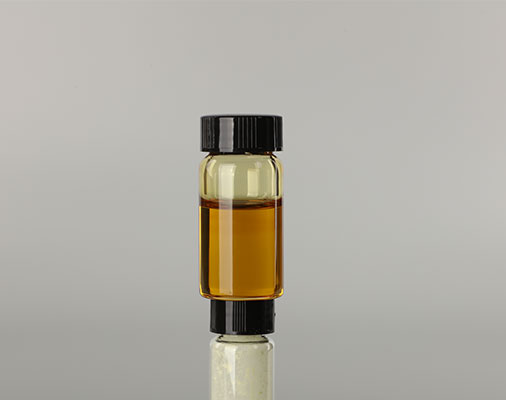
2. Mechanisms of UV-Induced Skin Damage
Ultraviolet (UV) radiation, particularly UVA (320–400 nm) and UVB (280–320 nm), is a major contributor to extrinsic skin aging, photoaging, and photocarcinogenesis. UV exposure generates an overproduction of ROS in skin cells, which leads to:
Oxidative damage to cellular components like DNA, proteins, and lipids.
Activation of matrix metalloproteinases (MMPs) that degrade collagen and elastin.
Inflammatory response involving cytokines like IL-1, IL-6, and TNF-α.
DNA mutations leading to apoptosis or carcinogenesis.
Therefore, any effective UV-protective agent must not only block UV rays physically (as sunscreens do) but also mitigate the downstream oxidative stress and inflammatory responses.
3. UV Protection Ability of Hydroxytyrosol Liquid
3.1 Direct Antioxidant Action
Hydroxytyrosol has a catechol structure (a benzene ring with two hydroxyl groups) that enables it to donate hydrogen atoms to neutralize free radicals like superoxide (O₂⁻), hydroxyl (•OH), and singlet oxygen (¹O₂). These radicals are key mediators of UV-induced oxidative stress.
3.2 Anti-inflammatory Properties
UV exposure activates NF-κB and MAPK pathways, resulting in upregulation of pro-inflammatory cytokines and enzymes like COX-2. Hydroxytyrosol inhibits NF-κB translocation into the nucleus and downregulates COX-2 and PGE2 expression, thereby reducing UV-induced inflammation.
3.3 Upregulation of Endogenous Antioxidants
Hydroxytyrosol stimulates the nuclear factor erythroid 2–related factor 2 (Nrf2) pathway, which plays a crucial role in regulating cellular antioxidant responses. Nrf2 activation leads to transcription of cytoprotective genes such as HO-1, NQO1, and SOD1, providing long-term defense against oxidative stress.
3.4 Photostability and Synergy with Sunscreens
One advantage of using hydroxytyrosol in skincare formulations is its photostability. Unlike some synthetic antioxidants that degrade or become pro-oxidants upon UV exposure, hydroxytyrosol maintains structural integrity. When combined with physical or chemical sunscreens (like titanium dioxide or avobenzone), hydroxytyrosol can extend the functional life of the formulation by stabilizing active ingredients and minimizing photo-induced degradation.
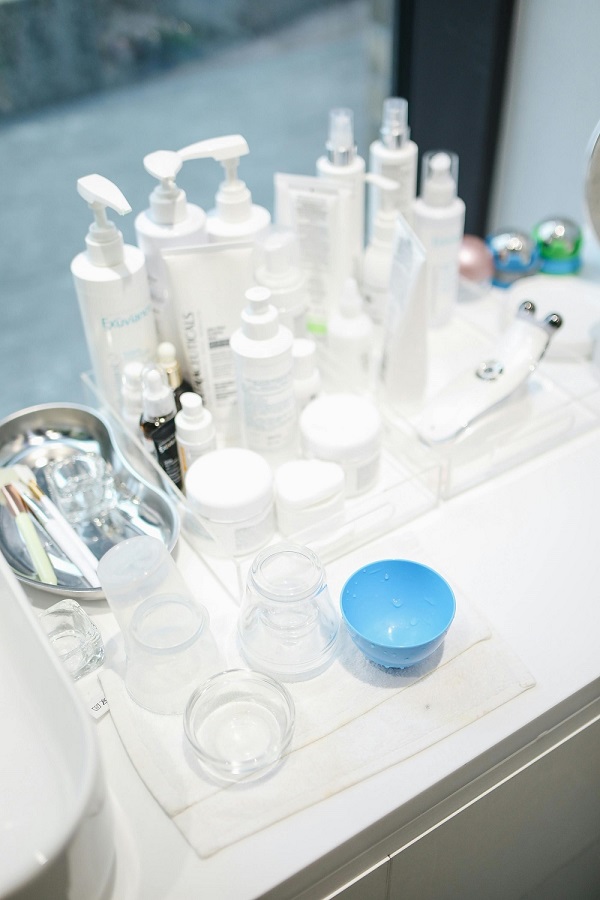
4. Applications of Hydroxytyrosol Liquid in Skincare Products
4.1 Topical Sunscreens and After-Sun Products
Hydroxytyrosol can be incorporated into broad-spectrum sunscreens or after-sun gels and serums. Its light molecular weight allows easy dermal penetration, while its stability under UV conditions makes it an ideal antioxidant booster. It can also reduce the need for high concentrations of synthetic UV filters, which are often associated with skin irritation or environmental harm.
4.2 Anti-aging and Anti-photoaging Creams
Long-term UV exposure accelerates collagen breakdown and wrinkling. Hydroxytyrosol' s ability to inhibit MMPs and stimulate collagen synthesis via TGF-β signaling pathways makes it suitable for anti-wrinkle and firming creams. Formulations may pair hydroxytyrosol with retinol, hyaluronic acid, or peptides for synergistic effects.
4.3 Oral Supplements for Photoprotection
Nutricosmetics containing hydroxytyrosol in aqueous or lipid-based emulsions offer systemic photoprotection. Oral intake enhances the skin's natural resistance to UV radiation by enriching antioxidant reserves in dermal layers.
Conclusion
Natural antioxidant hydroxytyrosol liquid is used in cosmetics and nutraceuticals as an effective UV protection ingredient. Its multifunctional properties - from ROS scavenging and anti-inflammatory effects to collagen preservation and DNA protection - make it a powerful barrier against photoaging and photodamage!
Why Choose Viablife Hydroxytyrosol for sale?
Viablife is currently the only manufacturer in China that uses advanced biosynthesis and fermentation technology to commercially produce olive leaf extracted hydroxytyrosol liquid with a purity of >99%. The hydroxytyrosol we produce does not contain pesticides and fertilizer residues, has a very light color and very little odor, and is very suitable for use in cosmetics and food. You can trust it!
References
1. De Luca, C. et al. (2018). "Protective effect of hydroxytyrosol on UVB-induced oxidative stress and DNA damage in human keratinocytes." J Photochem Photobiol B, 183, 47–54.
2. Piroddi, M. et al. (2020). "Hydroxytyrosol supplementation reduces UVB-induced damage in murine models." Exp Dermatol, 29(6), 624–632.
3. Monti, D. et al. (2021). "A clinical evaluation of hydroxytyrosol-based topical formulations in preventing photoaging." Int J Cosmet Sci, 43(2), 210–218.


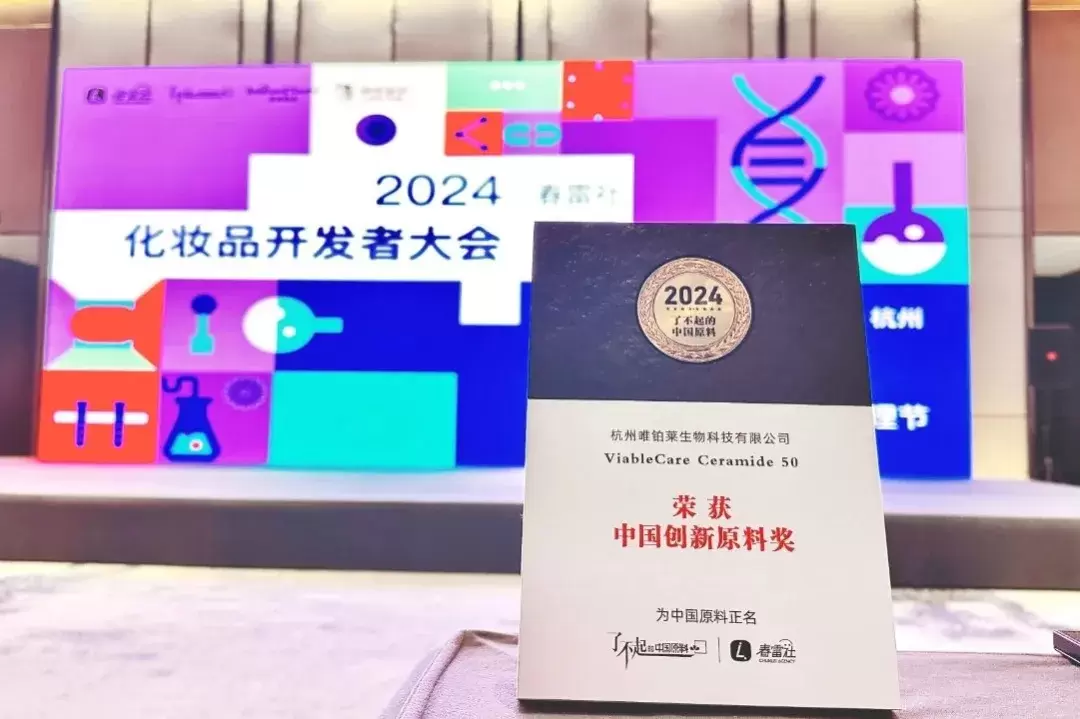
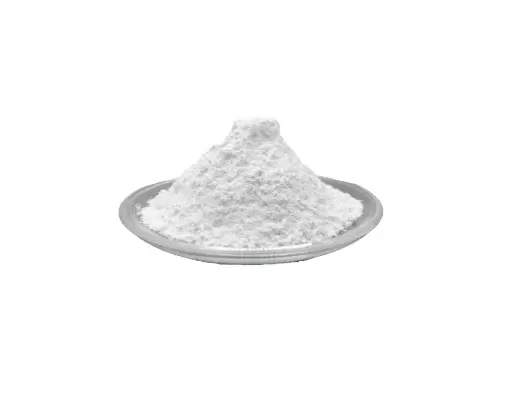
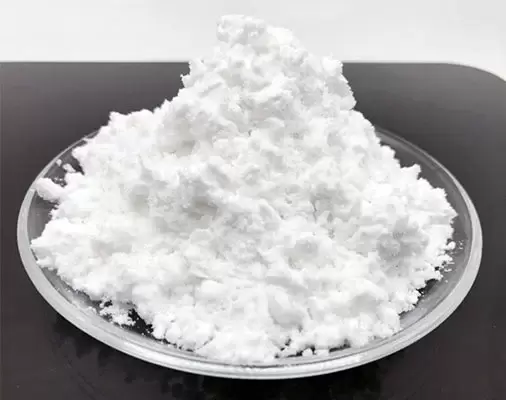
 Leave a Message
Leave a Message